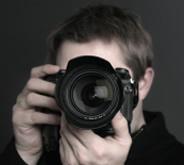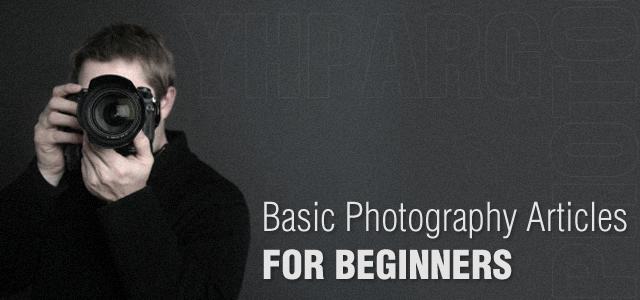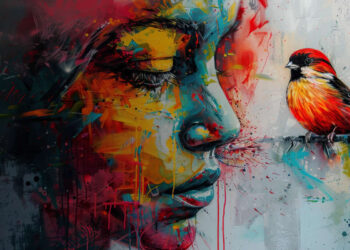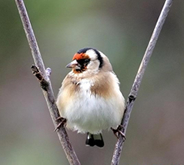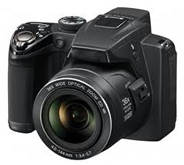 | What Is a Digital SLR Camera?If you’ve been wondering “what is a digital SLR?” I’m not all that surprised. Many consumers are much more familiar with compact digital cameras, since these models have flooded the marketplace. Like cell phones, it’s hard to walk down the street these days without seeing someone snapping a photo. |
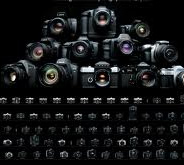 | How to Pick a Digital SLR CameraIt’s not easy to pick a digital SLR camera – new models are introduced each year and it’s getting harder to tell them all apart. These 4 steps will help you with all of that. Follow them in order, and you’ll be able to pick the right digital SLR with ease. |
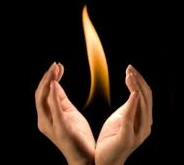 | Exposure Basics: Correctly Expose Your PhotographsEvery picture taking opportunity allows you to record no less than six correct exposures! Perhaps you have already figured it out after reading the above, but if not, you will soon know that most picture taking situations have at least six possible combinations of f/stops and shutters speeds that will all result in a correct exposure; |
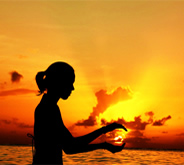 | What is Aperture in PhotographyAperture refers to an adjustable opening in your camera lens that is able to limit the amount of light passing through the lens and hitting the camera sensor. Just think of it like your eyes. When you open your eyes, light enters through your cornea, and is bent through the pupil, which is a round opening in the center of the iris. |
 | Shutter Speed and ApertureUnderstanding the relationship between aperture and shutter speed will help you take full advantage of your DSLR allowing you to have more fun capturing photos. The aperture is the size of the whole in the diaphragm of the lens. |
 | Understanding Depth of FieldDepth of field is basically a range of distance around the focal plane (subject) that will produce an acceptably sharp image. It is important to understand what depth of field is and how to use it so that you can have further control over the final image you are trying to capture. |
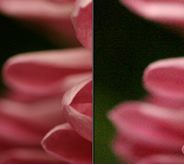 | What is ISOIn Digital Photography ISO measures the sensitivity of the image sensor. The same principles apply as in film photography – the lower the number the less sensitive your camera is to light and the finer the grain. Higher ISO settings are generally used in darker situations to get faster shutter speeds. |
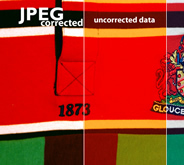 | What is White BalanceYou may have spotted the lightbulb, cloud, electricity and woodshed symbols on your camera’s screen or menus. You may have also ignored them as being yet another degree of complexity that you don’t need to know about. |
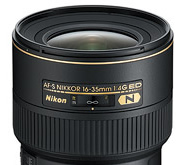 | Focal Length FactsIn the good old days there wasn’t much to know about lens focal lengths. A 100mm lens was a 100mm lens; the only thing you needed to know was whether that lens was a telephoto (as it would be on a 35mm film camera), a normal lens (like on a medium-format camera) or a wide angle (as it would be on a 4×5 view camera). |
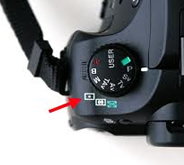 | DSLR Metering ModesIn photography world, the term Metering Mode refers to the way in which a camera determines the exposure.Depending upon the Camera you have, you many find different metering modes provided in the camera. Some of them may slightly vary in their names. |
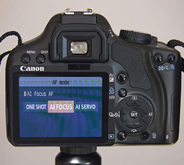 | Autofocus Modes ExplainedThere are three distinct modes you can choose from when setting your camera’s autofocus, and each offers a very different approach. We run through each, and explain the reasons for choosing them. |
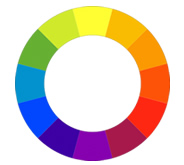 | Color in photography – Color theoryColor is everywhere. We take them for granted. Sometimes we are stunned by them. Sometimes we are appalled by them. They are unavoidable. They are important for your photos. And they are even an important factor for black and white photography! |
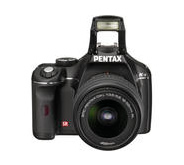 | Discover about Flash ModesPreset combination of exposure settings that determine whether or not a built-in flash will fire and if it does, how it will synchronize with the camera’s shutter mechanism and other camera parameters. |
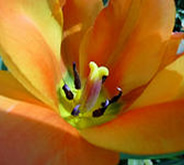 | Know about MegapixelsCiting megapixels (MP) is a popular shorthand way to express the resolution of a digital camera in terms of how many millions of individual pixels (picture elements) are present in the image at time of capture. |
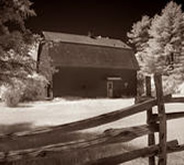 | What is BracketingA technique that produces a short sequence of images of which one is always captured at the camera settings thought to be correct, and the others at fixed intervals above and below that setting. |
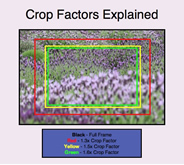 | Full Frame Sensor vs Crop SensorEvery camera manufacturer is slightly different; models from the same manufacturer are even different. People usually refer to a sensor’s size by its “crop factor.” That’s the number you use to find the 35mm equivalent of a given lens. It’s just like taking the middle of an image and throwing away the outside edges. |
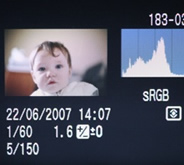 | Understanding HistogramsHistograms are a topic that we could (and probably should) spend a lot of time talking about but let me give you a very brief answer to get you through in the short term. Histograms are a very useful tool that many cameras offer their users to help them get a quick summary of the tonal range present in any given image. |
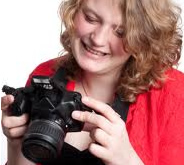 | Camera Terms and Acronyms for DummiesFor you people that don’t know the terms we use. And yes some of these are going to sound stupid (the things in brackets are dummy definitions, if no brackets then its just my definition) (Sticky much?) |
© 2025 121clicks.com – All rights reserved.

